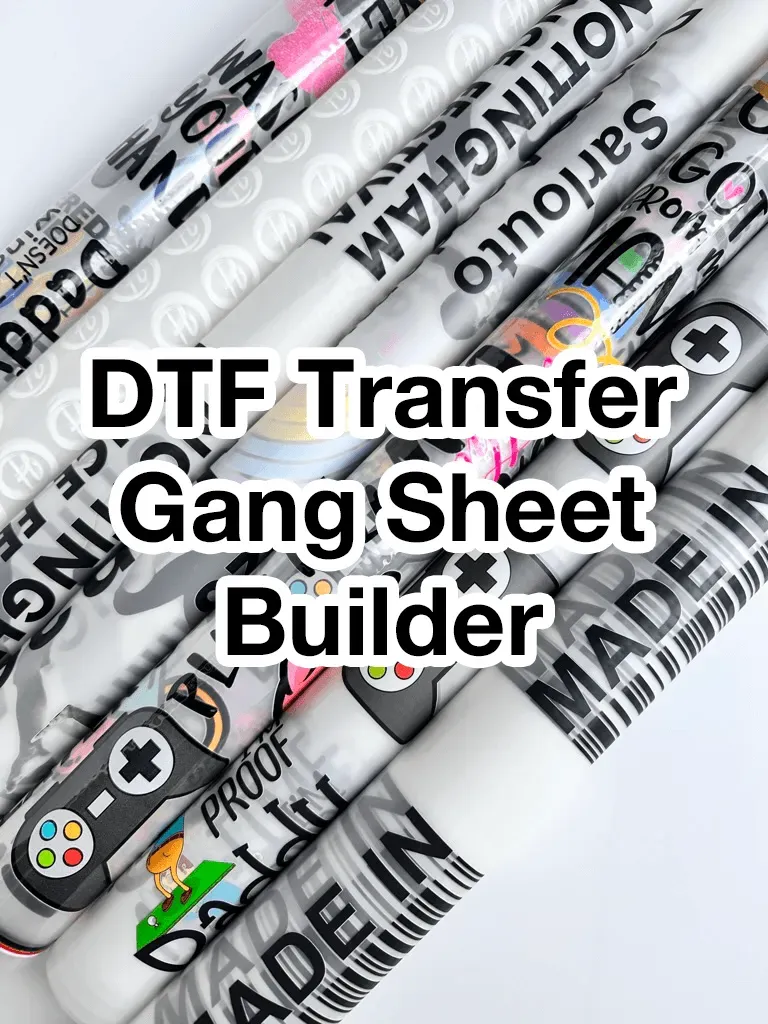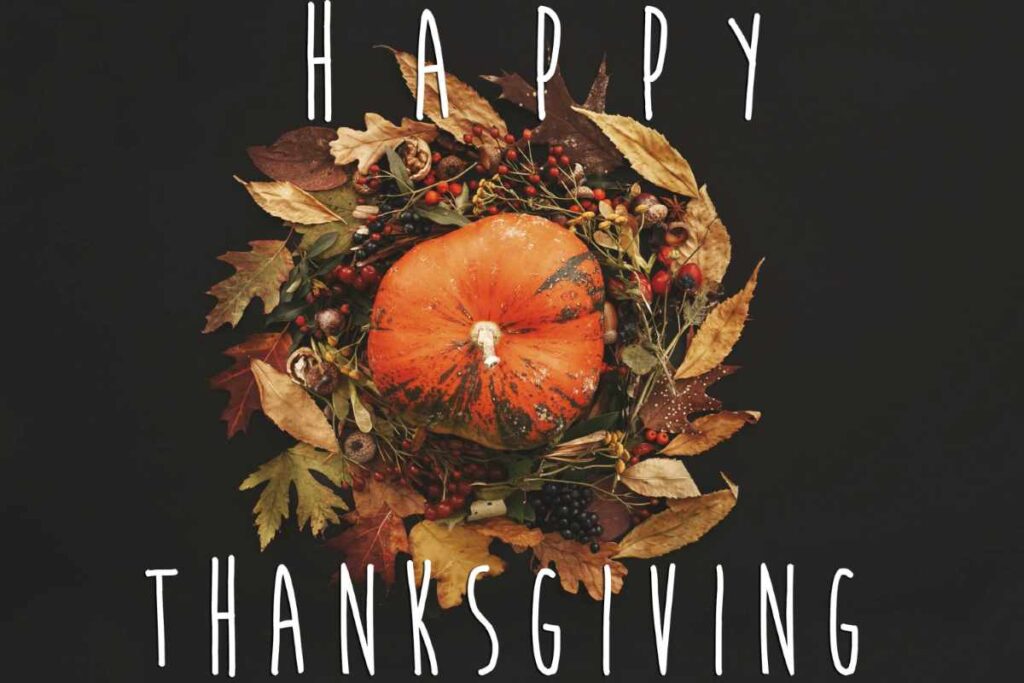DTF Gangsheet Builder is changing how busy print shops approach garment decoration, delivering speed and reliability from design to delivery. By automatically arranging multiple transfers on a single sheet, it minimizes setup time and reduces material waste. This tightens the DTF print workflow, helping teams stay on schedule without sacrificing color accuracy. With smart layouts and consistent margins, shops gain predictability across runs and improved transfer quality. If your goal is higher throughput and lower costs, this tool can redefine your production rhythm.
In practical terms, this software acts as a smart planner for multi-design transfers, grouping artwork onto a single sheet. The approach maximizes sheet space, minimizes misalignment, and reduces manual tasks in prepress. The concept of gangsheet layout software helps teams move from art to print-ready layouts with confidence. With reliable export options and RIP compatibility, shops can achieve smoother prepress and more predictable production.
Maximizing DTF Transfer Efficiency with a Gangsheet Builder
In the fast-paced world of garment printing, every extra minute spent on layout can add up. A gangsheet builder concentrates multiple transfer designs onto a single sheet, dramatically boosting DTF transfer efficiency by minimizing waste and reducing setup time. By leveraging smart packing and precise margins, shops can print more transfers per sheet without sacrificing accuracy, helping teams meet tight deadlines with fewer reworks.
This approach feeds directly into the DTF print workflow, smoothing transitions from design to production. With optimized gangsheet layouts, operators experience fewer interruptions during runtimes and enjoy more consistent results across runs, which translates into less waste and lower per-transfer costs. For shops juggling numerous orders, the efficiency gains from a gangsheet-based strategy can be the difference between a busy day and a bottleneck.
Enhancing the DTF Print Workflow Through Smart Layout Algorithms
Smart layout algorithms automatically arrange designs on gang sheets to maximize space while honoring margins and bleeds. This automation is a core feature of gangsheet layout software, delivering rapid, repeatable results that reduce manual placement errors and speed up prepress. By handling the heavy lifting of layout, these tools free designers and operators to focus on accuracy and color fidelity.
When automation isn’t perfect, robust tools offer precise manual controls to nudge, rotate, or resize individual designs. This balance between automation and manual adjustment is essential for maintaining a smooth DTF print workflow and achieving consistent transfers across orders, all while supporting print shop automation goals.
DTF Gangsheet Builder: From Design to RIP-ready Output
DTF Gangsheet Builder integrates the entire process from artwork import to gangsheet generation and export. The goal is to produce RIP-ready output that your DTG/DTF printer can process with minimal tweaks. By exporting in compatible formats and preserving color information, this tool streamlines the path from design to final transfer.
With a direct line to the RIP, the builder minimizes back-end adjustments and reduces the risk of misalignment during printing. The result is a more predictable DTF print workflow where each gang sheet prints consistently, and prepress tasks stay organized, enabling faster onboarding for new staff and smoother production lines.
Reducing Waste and Costs with Optimized Gang Sheets
Optimized gang sheets help cut material costs by making the most of every sheet of film and transfer material. By reducing gaps and eliminating unnecessary white space, shops can achieve meaningful material savings per run, which compounds over high-volume production. In addition, tighter layouts lessen the need for reprints caused by misregistration or miscuts.
The cost savings extend to faster turnarounds and improved throughput. When more transfers fit on a sheet, printers run longer between sheet changes, lowering downtime and boosting overall output. These efficiencies contribute to a leaner, more competitive operation across the entire DTF transfer pipeline.
Standardizing Color Management Across Your DTF Process
Color management is central to delivering consistent transfers, and a reliable gangsheet solution should integrate smoothly with your color workflows. By aligning color profiles across design software, the gangsheet builder, and the RIP, shops can avoid unwanted shifts in hue or saturation and maintain repeatable results across orders.
Seamless color management also supports better automation, as standardized color handling reduces post-export adjustments and reprints. With consistent color separations translating cleanly from concept to final transfer, print shops can scale operations with greater confidence in color accuracy and client satisfaction.
Scaling Your Operation: Growth-Ready Gangsheet Solutions
As SKU counts grow and run sizes increase, a scalable gangsheet solution becomes essential. Growth-ready features—such as expanded file format support, enhanced layout options, and robust RIP compatibility—enable shops to add more designs without sacrificing efficiency. This scalability aligns with broader print shop automation goals, helping teams maintain throughput as demand expands.
A growth-focused gangsheet tool supports longer-term planning, from pilot programs to full-scale rollouts. By standardizing templates, margins, and color settings, shops can rapidly onboard new product lines and maintain consistent quality, even as complexity rises. In turn, this supports faster turnarounds, higher capacity, and a more resilient production ecosystem.
Frequently Asked Questions
What is a DTF Gangsheet Builder and how does it fit into the DTF print workflow?
A DTF Gangsheet Builder is specialized software that creates gang sheets—arrangements of multiple transfer designs on a single printable sheet. The goal is to maximize space, minimize waste, and ensure consistent alignment across transfers. With a robust gangsheet builder, you can import artwork, auto-arrange designs or manually adjust placements, and export RIP-ready files for your DTG/DTF printer. The result is a streamlined DTF transfer process, smoother print runs, and fewer reworks, reinforcing the DTF print workflow and supporting print shop automation.
How does gangsheet layout software improve DTF transfer efficiency and reduce waste?
By automatically packing multiple designs onto one sheet, gangsheet layout software increases DTF transfer efficiency, minimizes waste, and speeds up setup. Standardized margins and spacing ensure consistent results across jobs, which supports a smoother DTF print workflow and stronger print shop automation.
What features should I look for in a DTF Gangsheet Builder to support print shop automation?
Key features include: smart layout algorithms, manual control for fine-tuning, printer and RIP compatibility, color management integration, and export options. These elements directly impact DTF transfer efficiency and overall print shop automation, helping you move from design to gangsheet to print with fewer steps.
How can a DTF gangsheet builder impact setup time and production throughput in a busy shop?
A DTF gangsheet builder can dramatically cut setup time by packing multiple transfers onto a single sheet, while improving throughput and reducing sheet changes. The result is faster production cycles, more orders completed per shift, and a tighter, more predictable DTF print workflow that supports print shop automation.
Can a DTF gangsheet builder integrate with RIPs and color management to ensure color accuracy?
Yes. A capable DTF gangsheet builder offers color management integration and RIP compatibility to preserve color accuracy from design software through to gangsheet generation and final transfers. This alignment minimizes tweaks during the DTF print workflow and helps maintain consistent results across jobs.
What are best practices to implement a DTF Gangsheet Builder in production to maximize ROI?
Best practices include standardizing templates for common lines, defining universal margins and bleeds, maintaining clean color workflows, piloting with a few designs before full rollout, and training staff. Track time savings, material efficiency, and throughput to measure ROI and continuously improve print shop automation with the DTF Gangsheet Builder.
| Topic | Key Points |
|---|---|
| Introduction | In fast-paced garment printing, shops juggle design tweaks, color management, production deadlines, and material costs. DTF printing increases pressure; the DTF Gangsheet Builder is a time-saver by laying out multiple transfers on one sheet, reducing setup time, waste, and smoothing the workflow from design to finished product. |
| What is a DTF Gangsheet Builder? | Software that creates gang sheets—arrangements of multiple transfer designs on one printable sheet—to maximize space, minimize waste, and ensure consistent alignment. It imports artwork, can arrange automatically or with precise manual control, and exports ready-for-RIP and printer files, enabling a streamlined DTF transfer process. |
| Why busy print shops need this tool | Time is money. Misalignment, color separation errors, and margins waste ink, film, and hours. A good DTF Gangsheet Builder accelerates setup, improves material efficiency, enhances consistency, and supports end-to-end DTF workflow. |
| Key features to look for | Smart layout algorithms; manual control for alignment tweaks; printer and RIP compatibility; color management integration; export options for common formats and ready-to-use layouts. |
| How it improves the DTF workflow | Design import and prep; efficient layout generation; RIP-ready output; prepress consistency with standardized margins/bleeds; improved printing and finishing with longer runs and fewer sheet changes. |
| Real-world benefits | Time savings, material savings, reduced waste and reprints, improved throughput, and better staffing flexibility due to a more predictable workflow. |
| Best practices | Standardize templates; define clear margins and bleeds; maintain clean color workflows; plan for expansion; pilot test before broader rollout. |
| Practical steps to implement | Assess current workflow; choose a suitable DTF Gangsheet Builder; train your team; run a controlled pilot; iterate and scale. |
| Common pitfalls | Overreliance on automation; incompatible file formats; suboptimal printer profiles; underestimating maintenance. |
| Case example | A mid-sized shop shifted from manual to gang sheets with 16–20 transfers per sheet; setup times and material waste dropped; more orders completed per shift with improved color consistency. |
| Conclusion to table | A concise summary of the table highlights how a DTF Gangsheet Builder optimizes layout, reduces waste, and accelerates the DTF workflow for busy shops. |
Summary
Conclusion: A DTF Gangsheet Builder is a strategic upgrade to a busy print shop’s production ecosystem. By simplifying layout, optimizing material usage, and aligning the DTF print workflow with RIPs and printers, it helps shops stay competitive in a demanding market. With thoughtful implementation, standardized templates, and disciplined color management, you can achieve faster turnarounds, lower costs, and more consistent quality. DTF Gangsheet Builder enables faster turnarounds, greater capacity, and improved predictability without sacrificing accuracy.



